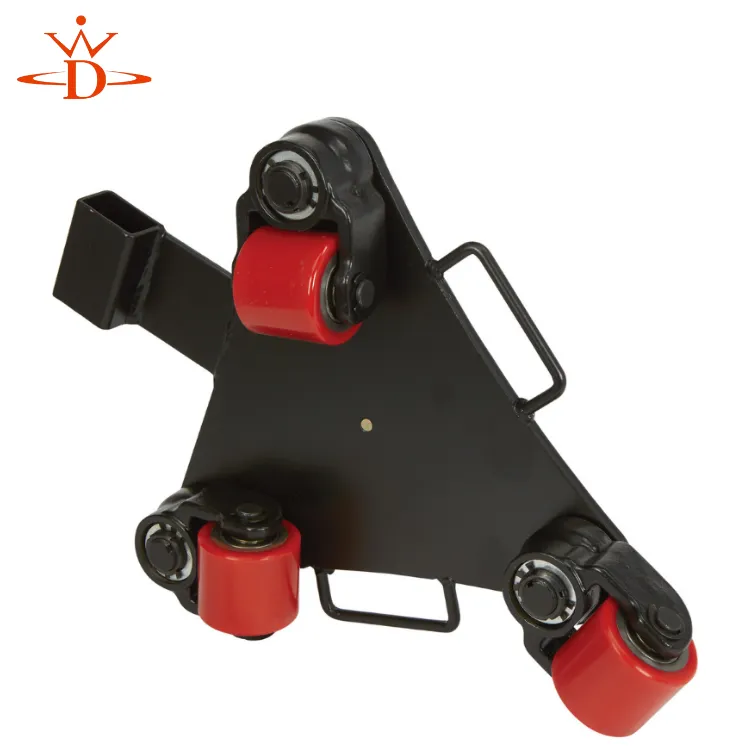overhead gantry crane systems
An Overview of Overhead Gantry Crane Systems
Overhead gantry crane systems play a pivotal role in various industrial applications, providing efficient, safe, and versatile lifting solutions. They are particularly prevalent in manufacturing, construction, and warehousing environments, where heavy loads need to be moved with precision and ease. This article explores the fundamental aspects of overhead gantry crane systems, including their structure, operational advantages, and applications.
Structure and Design
Overhead gantry cranes consist of a bridge structure that spans the area where lifting and moving operations take place. The bridge is supported by two or more legs, which move along tracks on the ground. This design allows the crane to cover a broad operational area while maintaining stability and strength. One of the notable features of gantry cranes is their modular design, meaning they can be customized based on the specific needs of an operation, including load capacity, span length, and overall height.
Types of Gantry Cranes
There are several types of gantry cranes, each designed for different applications
2. Semi-Gantry Cranes Featuring one leg that moves along a rail and the other supported by a higher structure, semi-gantry cranes are well-suited for applications where space is limited.
3. Portable Gantry Cranes Designed to be easily moved, these cranes are typically lightweight and can be used for various tasks within a facility.
overhead gantry crane systems

Operational Advantages
The advantages of using overhead gantry cranes are manifold. Firstly, they allow for efficient space utilization as they do not require extensive ground space, making them ideal for facilities with limited floor area. The vertical lifting capability also reduces the risk of collisions with ground vehicles, enhancing overall safety.
Secondly, these cranes can handle heavy loads, often exceeding several tons, thereby increasing productivity in heavy industries. The ability to effortlessly lift and maneuver large items minimizes the risk of injury to staff, as mechanical assistance is used rather than manual labor.
Moreover, gantry cranes can be equipped with various features, such as adjustable heights and automated controls, allowing for greater flexibility and efficiency in operations. This adaptability makes them suitable for a broad range of tasks, from moving large automotive parts to handling steel sheets in heavy fabrication.
Applications
Overhead gantry crane systems are used across various sectors. In manufacturing, they facilitate the movement of materials along assembly lines. In construction, they are essential for lifting steel beams and other large components into place. Furthermore, they are integral in shipping and logistics for loading and unloading containers, improving operational flow at ports and warehouses.
The versatility of gantry cranes also extends to specialized applications, such as aerospace manufacturing, where precision lifting is paramount, and the automotive industry, where large parts need to be maneuvered seamlessly through the production process.
Conclusion
Overhead gantry crane systems are indispensable tools in modern industrial operations. Their robust design, operational efficiency, and versatility make them an ideal choice for various lifting and moving tasks. As industries continue to evolve, the importance of these cranes will undoubtedly grow, driving innovation and enhanced safety in heavy lifting applications. Investing in a quality gantry crane system can yield significant benefits, enhancing productivity while ensuring the safety of personnel and equipment in diverse industries.
-
Unlock Seamless Relocation with Our Heavy Equipment Moving ExpertiseNewsJun.06,2025
-
Unleash Unrivaled Flexibility with Our Adjustable Gantry CraneNewsJun.06,2025
-
Unleash Heavy-Duty Efficiency with Our Industrial Gantry Crane SolutionsNewsJun.06,2025
-
Revolutionize Steel Handling with Our Magnetic Lifter RangeNewsJun.06,2025
-
Master Equipment Mobility with Premium Machinery Mover SolutionsNewsJun.06,2025
-
Elevate Your Material Handling with Magnetic Lifter TechnologyNewsJun.06,2025
-
YS Permanent Lifting Magnets: The Smarter Way to Handle SteelNewsMay.22,2025
